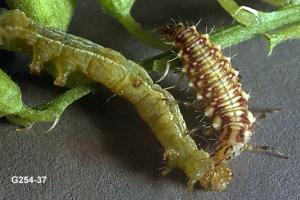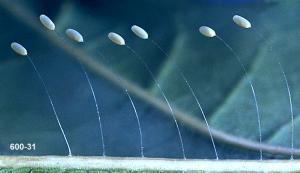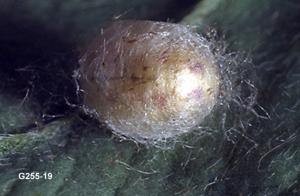|
GREEN LACEWING |
|||||||||
Contents Fact Sheet (requires Acrobat Reader 3.x or above to read and print. Click below to download the free "Reader".) |
This section contains information on the identification of lacewings. The Fact Sheet contains specific information on identifcation and biology of this predator (requires Acrobat Reader).
|




